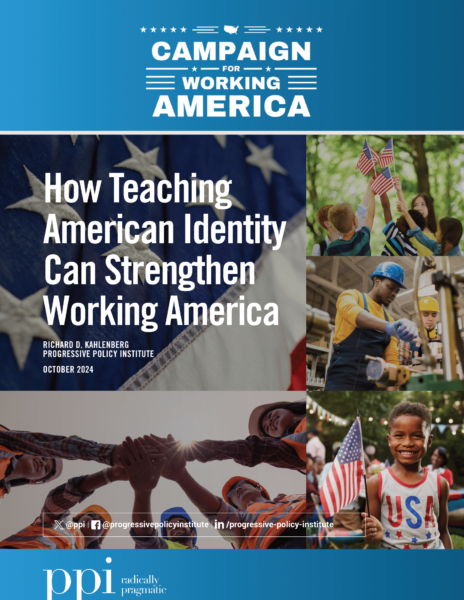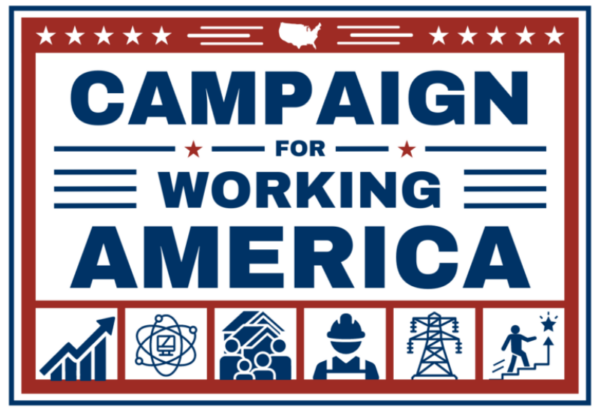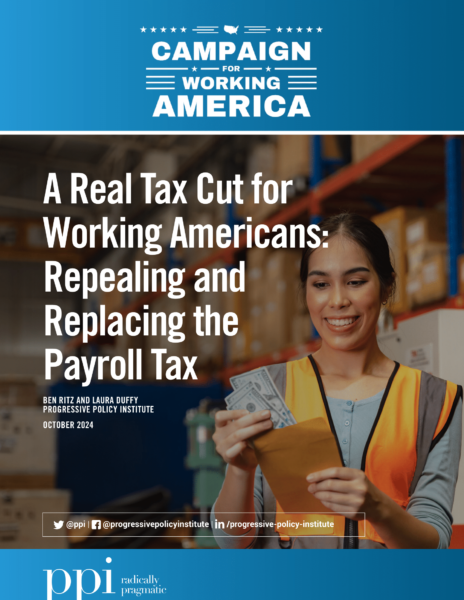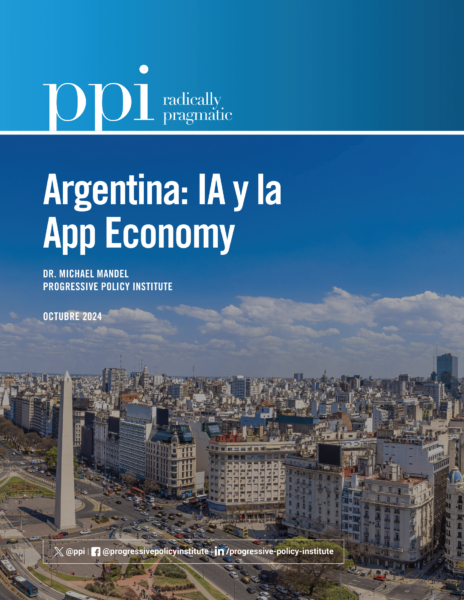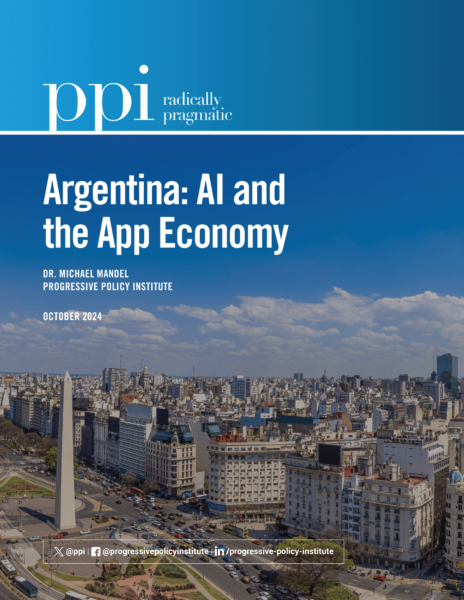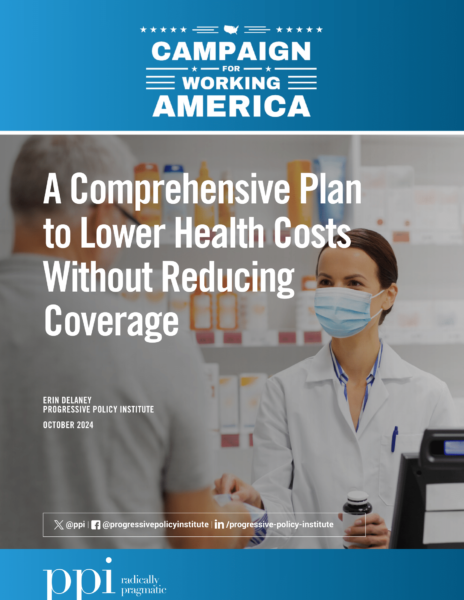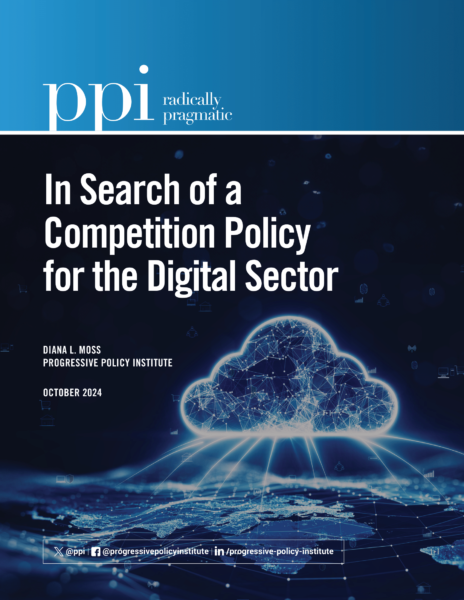WASHINGTON — The Progressive Policy Institute (PPI) today released a new report, “How Teaching American Identity Can Strengthen Working America,” authored by Richard D. Kahlenberg, Director of PPI’s American Identity Project. This report underscores the significance of instilling a shared sense of American identity to bridge cultural divides, promote unity, and support the economic and social needs of working-class Americans.
This new publication is the seventh in a series of papers published in PPI’s Campaign for Working America, which was launched earlier this year in partnership with former U.S. Representative Tim Ryan of Ohio. The Campaign aims to develop and test new themes, ideas, and policy proposals that help Democrats and other center-left leaders make a compelling economic offer to working Americans, bridge divides on culturally sensitive issues like immigration and education, and rally public support for the defense of democracy and freedom globally. Other papers cover career paths for non-college workers, housing, and competition.
Kahlenberg’s report highlights a critical gap in American public education — the failure to promote a common civic identity. It calls for policies that counteract divisive identity politics on both ends of the political spectrum and advocates for a return to a cohesive, patriotic narrative that champions shared values.
While it is true that working Americans care deeply about kitchen table economic concerns, polling suggests they care enormously about how the larger American story is told.
“Many working-class Americans feel disillusioned by a lack of unity and patriotism in our society,” said Kahlenberg. “Reinstating an educational emphasis on our national story can strengthen social cohesion, enhance economic opportunities, and equip working families with the tools to pursue the American Dream.” Advances in economic opportunity for working Americans are most likely to occur, Kahlenberg said, when policies are tied to a larger patriotic vision.
The report, which builds upon earlier work, outlines a robust agenda for policymakers focused on revitalizing American identity and patriotism in public schools, with nine key recommendations, including:
- Prioritize Civics Education: Increase resources and ensure students graduate with a strong understanding of U.S. history and civics, critical for democracy
- Teach Global Context: Educate students on life in non-democratic nations to foster appreciation for American freedoms
- Promote a Balanced History: Provide a fair account of American history, highlighting both struggles and achievements
- Reform DEI and Ethnic Studies Programs: Shift Diversity, Equity, and Inclusion programs to emphasize shared values over divisive narratives
- Teach American Exceptionalism Thoughtfully: Introduce thinkers on American Exceptionalism, focusing on what makes the U.S. unique as a nation built on ideas
- Support School Integration Efforts: Encourage voluntary socio-economic integration in schools to foster equality and inclusivity
- Expand Community and National Service Programs: Create programs that unite young Americans in shared service and commitment to their country
- Encourage Civil Discourse: Teach principles of free speech and respectful debate to equip students for constructive democratic engagement
- Provide Federal Support for Civic Education Programs: Offer federal grants to strengthen civics education and foster patriotism across communities
This approach not only aligns with Vice President Kamala Harris’s campaign vision of “patriotism for all” but also rejects divisive educational ideologies, instead emphasizing a balanced, unifying narrative that reflects America’s complex history while celebrating its potential for redemption and progress.
Read and download the report here.
The Progressive Policy Institute (PPI) is a catalyst for policy innovation and political reform based in Washington, D.C. Its mission is to create radically pragmatic ideas for moving America beyond ideological and partisan deadlock. Learn more about PPI by visiting progressivepolicy.org. Find an expert at PPI and follow us on Twitter.
###
Media Contact: Ian O’Keefe – iokeefe@ppionline.org



